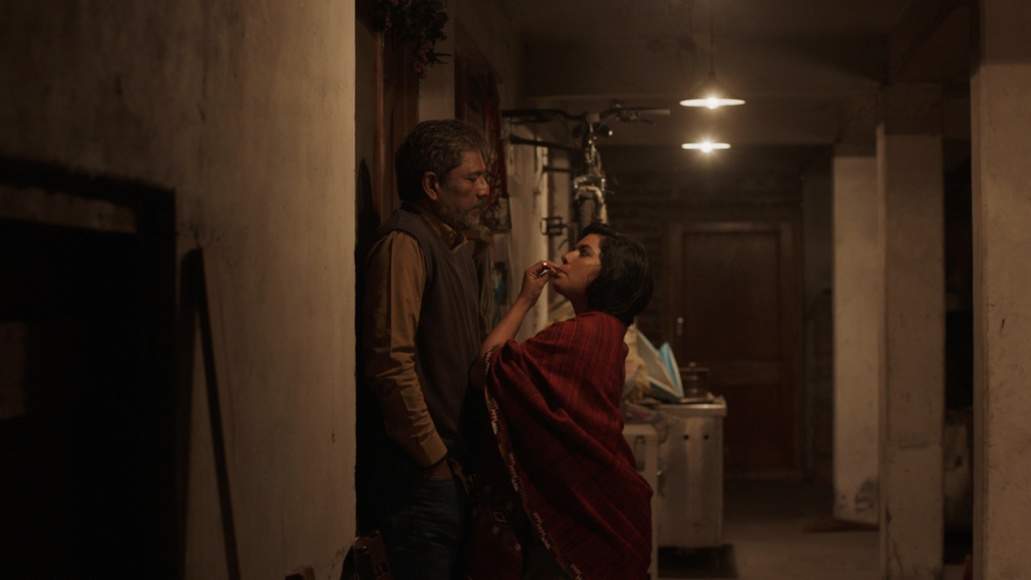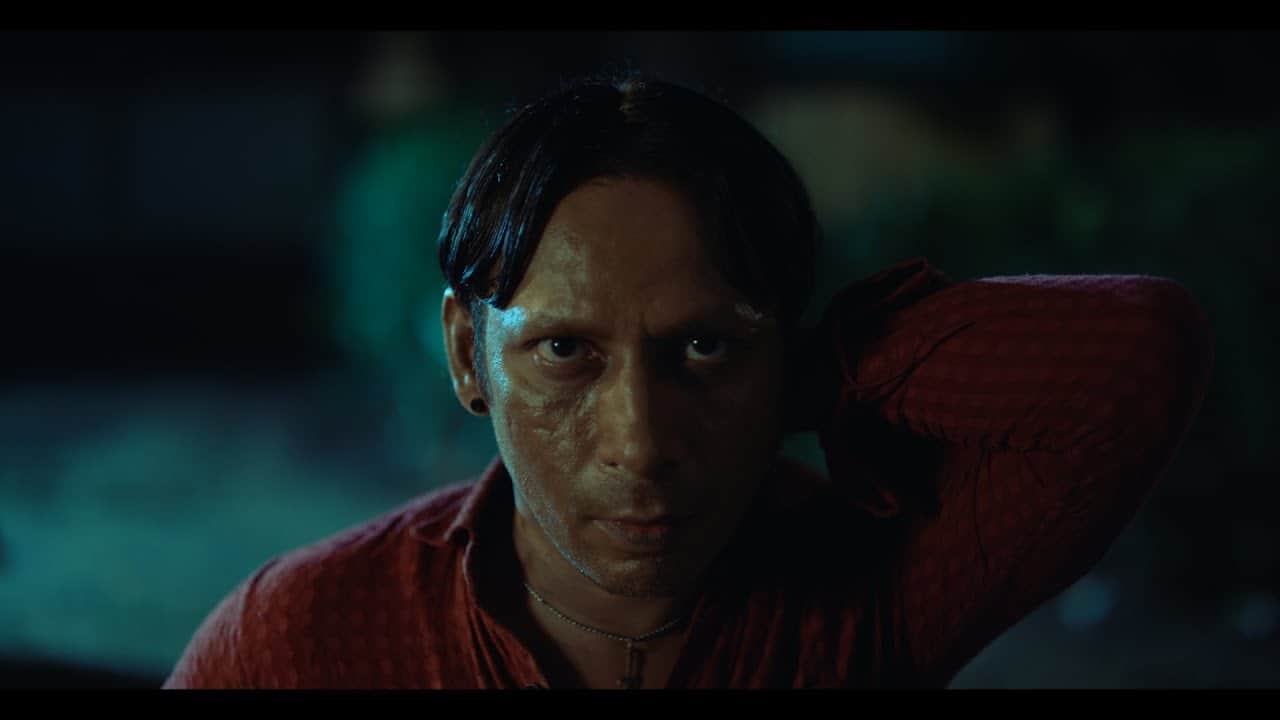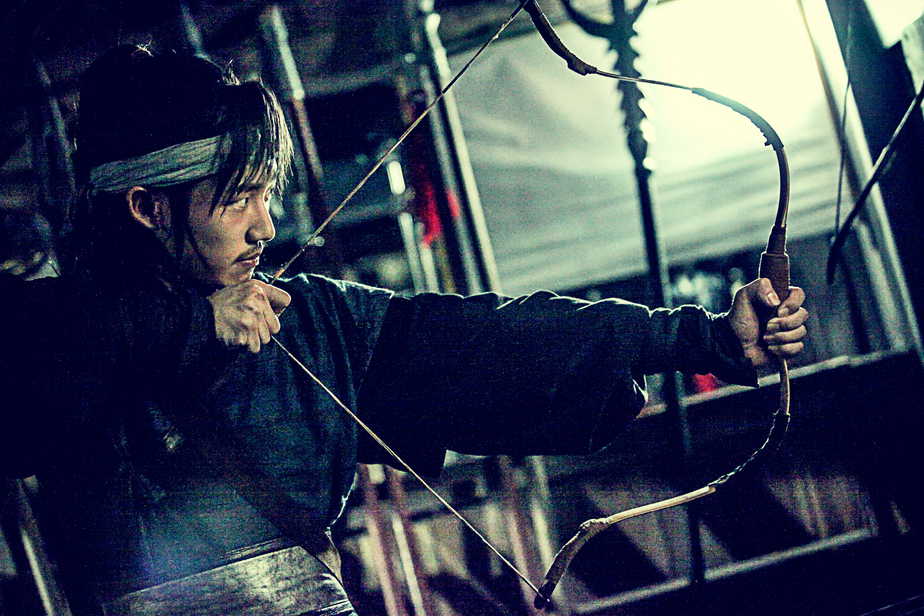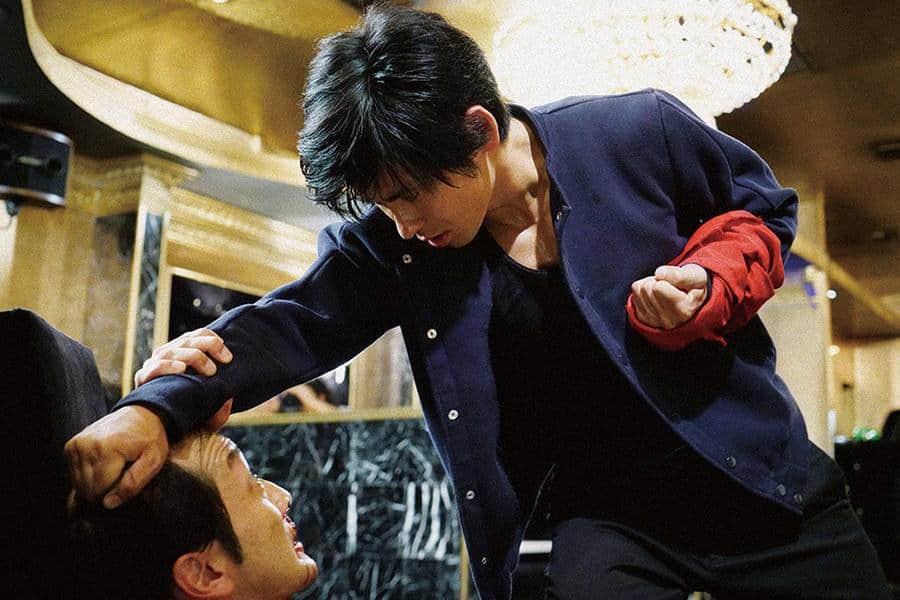After his third short feature “Sonny Boy & Dewdrop Girl”, director and animator Hiroyasu Ishida made “Paulette's Chair” which, on the one hand, can be seen as a confirmation and skill he had acquired over the years, but also as a preparation for the work he did on Yojiro Arai's “Typhoon Noruda”. While the short movie would contain similar themes as his previous works, most notably “Fumiko's Confession”, it also shows Ishida telling a story within a foreign environment, in this case France. After its “Paulette's Chair” emphasized the reputation of Ishida as one of the greatest new talent within anime, a director able to blend themes such as growing up with concepts of movement and the blurry lines of reality and fantasy.

In her childhood, living in the French countryside, Paulette spends most of her time alone, afraid she might not be accepted by the other girls and boys playing in the fields or meeting after school. After being bullied by some of them, she seeks refuge at home until she notices the wooden chair she has been sitting on has started to move. Upon closer inspection, she observes the piece of furniture has indeed begun to walk around, behaving now more like a pet, eager for its owner to play with it. Before she can react, the chair runs with her through the fields, with Paulette smiling and eventually laughing out loud out of sheer joy.
Later in her life, when she has grown older and goes to a boarding school in the capital, she has forgotten about her “pet”, but her problems at school have more or less not changed. One day, when she is especially sad and homesick, once again, the chair comes to life to take her on yet another adventure.
As mentioned before, many of the themes, narratively and visually, should feel very familiar considering Ishida has explored them in previous works. The loner who is bullied at school and escapes to a fantasy world has already been featured in “Sonny Boy & Dewdrop Girl”, albeit in a much more detailed way. However, given the addition of the setting, the short seems to go for a much more international appeal than the former, thus feeling even more like a story directed at younger audiences.
At the same time, the addition of movement, in combination with the setting and the animation, again add much to the entertainment value of the short feature. Especially the sequences showing the protagonist speeding through the fields of her childhood home, or when the chair catapults her across the Parisian rooftops, emphasize the much-needed moment of joy and freedom the heroine feels, and will likely have a similar effect on the viewer.
In conclusion, “Paulette's Chair” may not break any new ground for its director, but again emphasizes his skills as animator and visual storyteller, while also showing his talent for addressing younger audiences with an engaging narrative and characters.
















